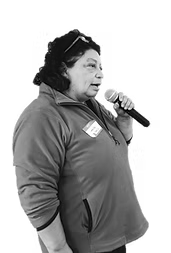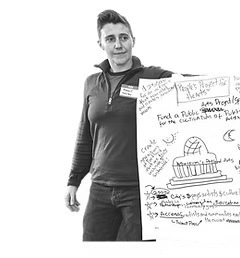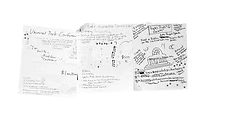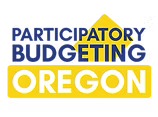PB Explained
Participatory budgeting (PB) is a democratic process in which community members decide how to spend part of a public budget. It gives people real power over real money.

Community Design
Representatives shape objectives and develop transparent process rules

Brainstorm
The community generates project ideas

Project Development
Proposal ideas are formed into feasible projects

Community Vote
Community members vote to select projects that they want funded

Fund Winners
The government/institution funds the winning projects
